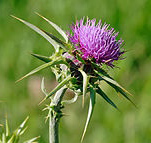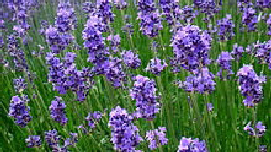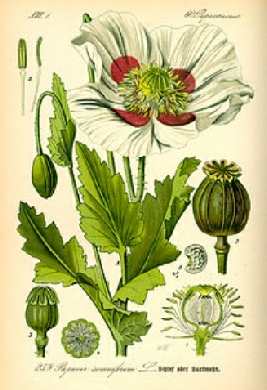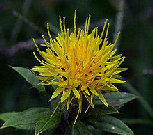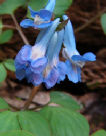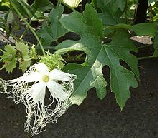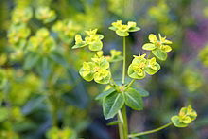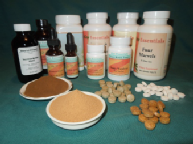“Herbal medicines” are plants or substances derived from plants that are used to treat disease, or to elicit a particular effect in the body, such as decreased inflammation or pain relief.
Herbal therapy has been used throughout history by healers in many different cultures all over the world. There are thousands of pharmacologically active plants (i.e. plants that can cause changes in the body just like a pharmaceutical drug), and more are discovered each year.
Herbal medicines may be administered orally in the form of the raw herb (dried plant), herbal concentrate granules (powder), herbal extract, tea, or pills. They are most often given as a pill, or as a powder mixed into food, when they are administered to dogs and cats.
Use of Herbals in Conventional Medicine
In addition to the ongoing use of plant-based medicines within traditional medical systems, a number of herbal medicines have actually been developed into conventional drugs by western pharmaceutical companies. These manufacturers begin with the raw plant and then extract, isolate, and concentrate the single chemical compound of interest. Once it is processed in this manner and patented by the company, it is called a pharmaceutical “drug.” Unfortunately, other potentially valuable biologically active compounds may be lost in this process.
A number of pharmaceutical medicines that were
derived from plants are in common use today, and
have greatly benefited millions of people and animals.
Examples include life-saving drugs like the cardiac medication digoxin (derived from the foxglove plant), the antibiotic penicillin (from fungi), and several chemotherapy drugs such as Taxol (Pacific Yew bark). In addition, some of our most effective pain medicines, including codeine and morphine, were derived from poppies.
Traditional Chinese Herbal Medicine
A TCVM (Traditional Chinese Veterinary Medicine)
herbal formula or prescription generally consists of
a combination of 2 to 15 or more different plants.
Because there is a relatively small amount of each
active compound, it may take several weeks to achieve
full effectiveness. Also, since they are administered
in a prescribed combination, it’s unlikely that any
individual herb could be overdosed. This is one of the
reasons that Chinese herbal medicines have very few
side effects compared to conventional synthetic
pharmaceutical drugs, and also why they can often
(but not always) be used alongside these drugs without
unwanted interactions.
Most TCVM “classical” formulas were developed over hundreds of years and refined by trial and error, adding or subtracting particular plants along the way to improve efficacy or increase safety. These eventually evolved into today’s classical prescriptions. If side effects were experienced by the patient, the mixture was reformulated to minimize these problems while preserving the overall effectiveness of the preparation.
Sometimes, herbals that didn’t necessarily treat the primary problem were included as ingredients specifically to prevent or mitigate side effects caused
by the primary active compounds. This is a rather
ingenious way to design a medicine.

